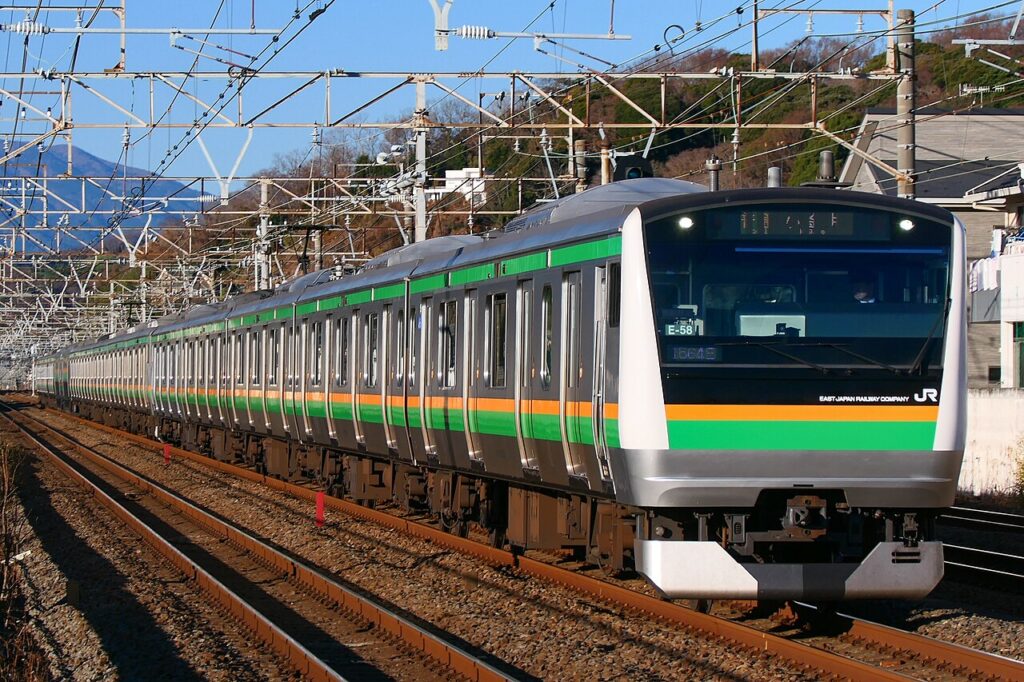Global warming causes Japanese salmon numbers to drop to record low
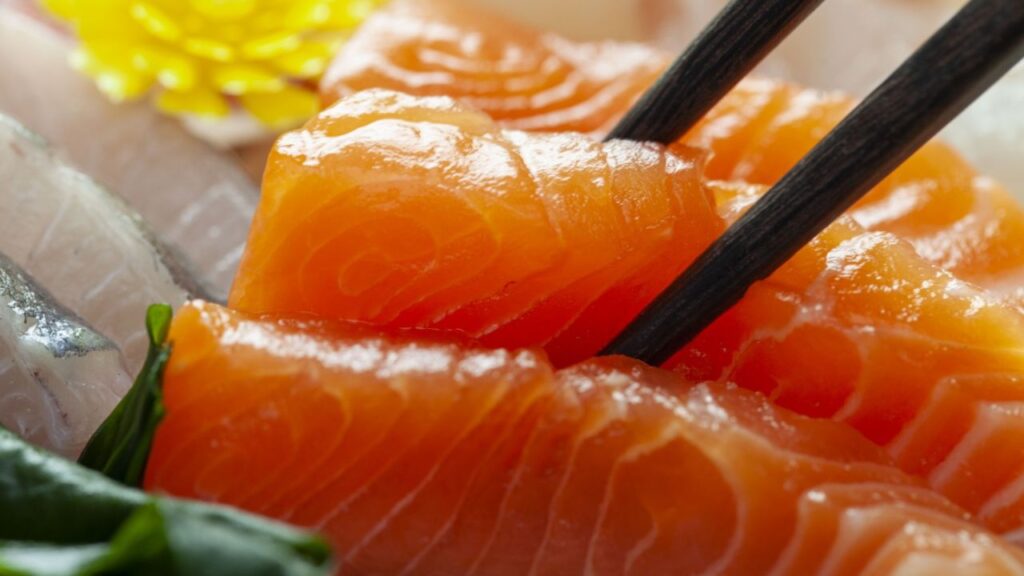
Officials in Fukushima have revealed that the total number of salmon caught off the coast and within the rivers of the prefecture have reached a concerning low.
Salmon is one of the most widely consumed seafoods in Japan and any prolonged disruption to catch numbers could have a knock-on effect to prices and availability throughout Japan.
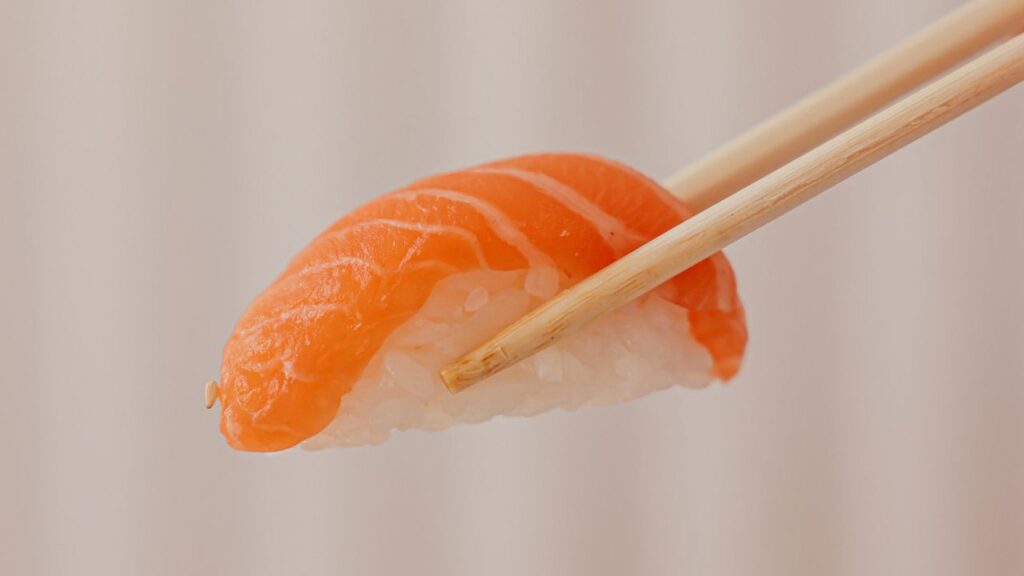
As Japan’s third largest prefecture, Fukushima is an important part of the countries supply of seafood.
By the end of January 2025, the prefectures total catch for the season was a mere 52,245 salmon, marking the slowest pace of salmon returns in the past 30 years.
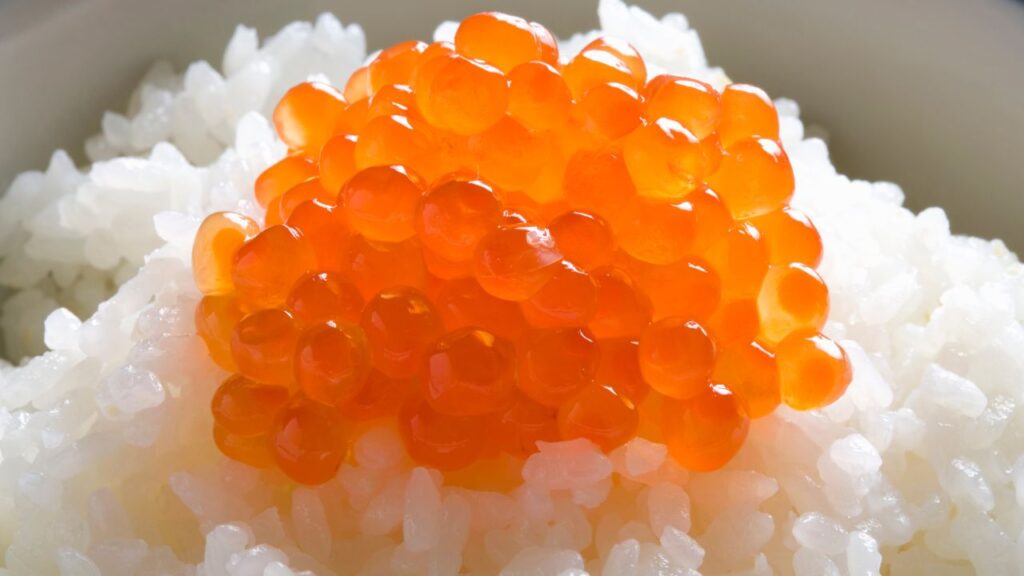
While the precise cause remains undetermined, it is strongly suspected that shifts in the marine ecosystem, potentially attributed to recent global warming trends, are playing a significant role.
Hatchery operators within the prefecture are expressing growing apprehension, fearing that continued low salmon returns could lead to the eventual disappearance of the species from local waters.
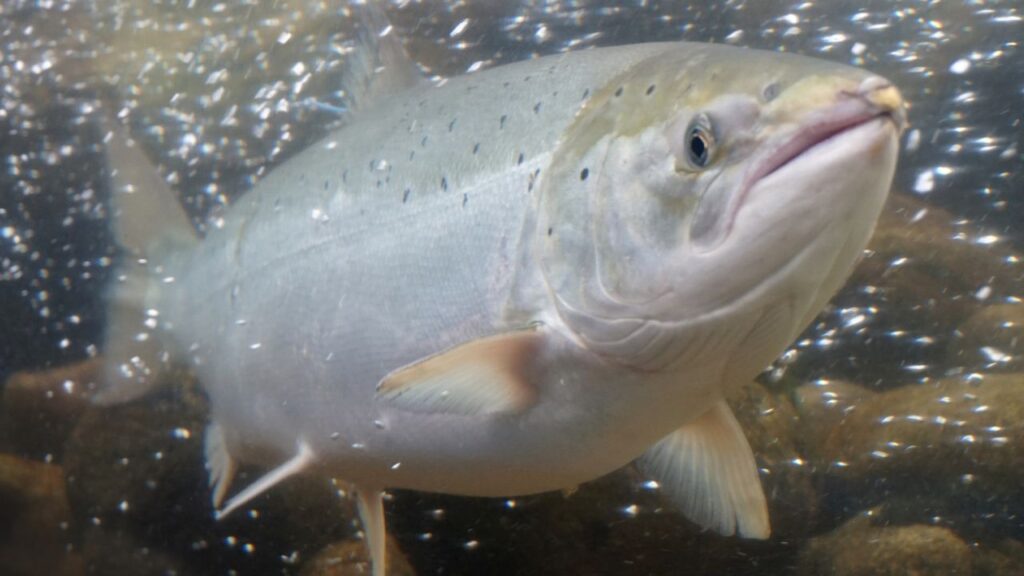
To safeguard salmon populations, artificial hatching practices are employed, with young fish being released into the prefecture’s rivers.
As cold-water fish, these salmon migrate northward through the Sea of Japan, reaching the Sea of Okhotsk and the Bering Sea, where they mature over a period of three to four years before returning to their natal rivers for breeding.
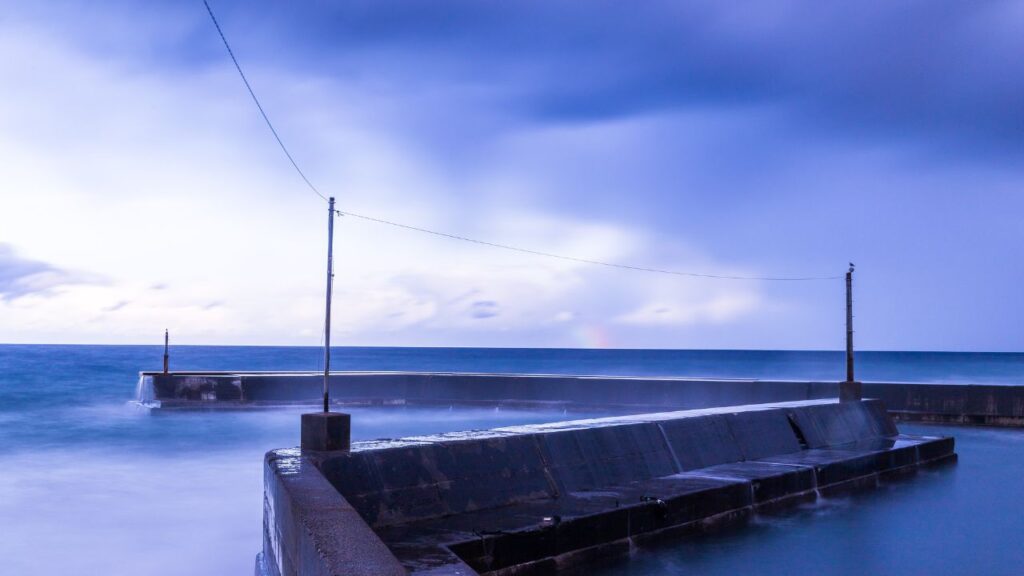
In Fukushima prefecture, salmon are caught using fixed nets offshore, and within rivers for hatchery programs they are captured using metal traps during their upstream migration.
According to the prefecture’s Fisheries Promotion Division, the total catch included 13,550 fish caught from September to the end of the year, and an additional 38,695 caught by the end of the following month, resulting in the cumulative total of 52,245 fish.
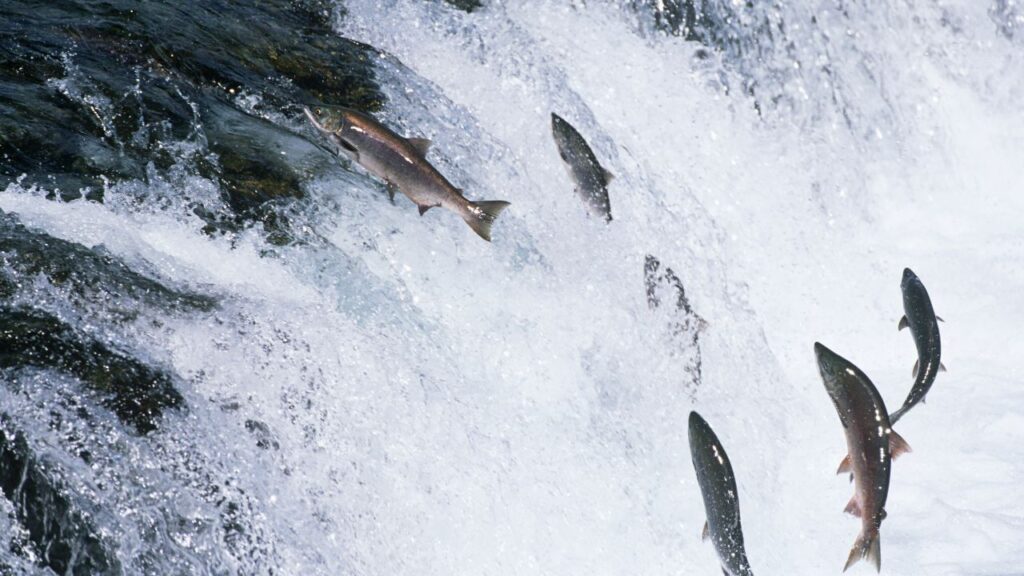
While the catch numbers were tallied up to the 15th of the current month, projections indicate that the final count is likely to be the lowest in the past 30 years.
The previous record low for salmon catches in the prefecture was 57,316 fish in the 1997 fiscal year, while the highest number recorded was 349,378 fish in the 2004 fiscal year.
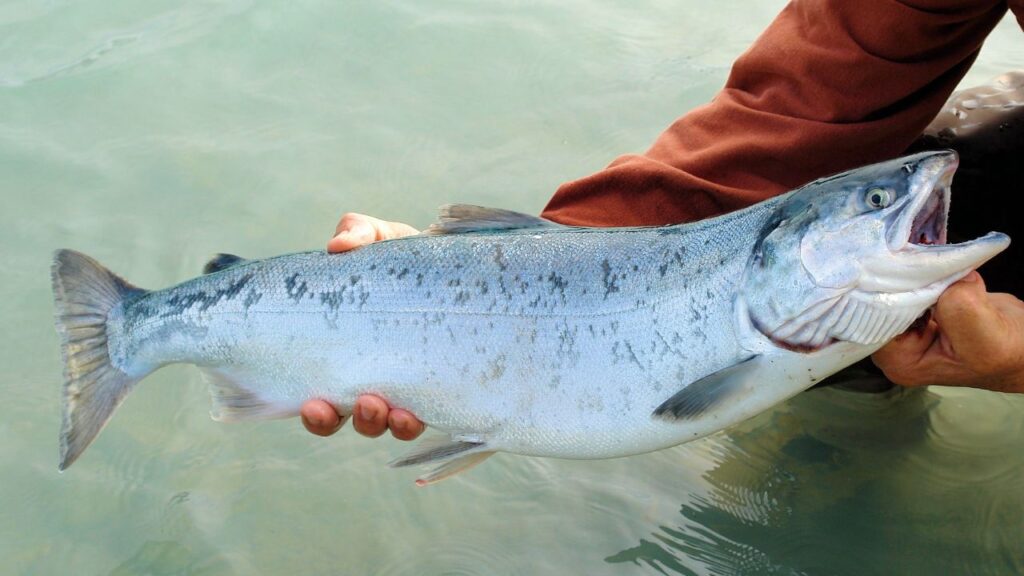
Shumpei Sato, head of the Resource Ecology Department at the National Research and Development Agency, Fisheries Research and Education Agency, suggests that “changes in the marine environment due to global warming may be affecting their growth.”
This decline in salmon populations is a trend observed across Japan. Rising seawater temperatures are believed to be reducing the availability of plankton, a crucial food source for young salmon as they migrate northward.
This change in food availability may impact the survival and growth of salmon, hindering their ability to return to their natal rivers.
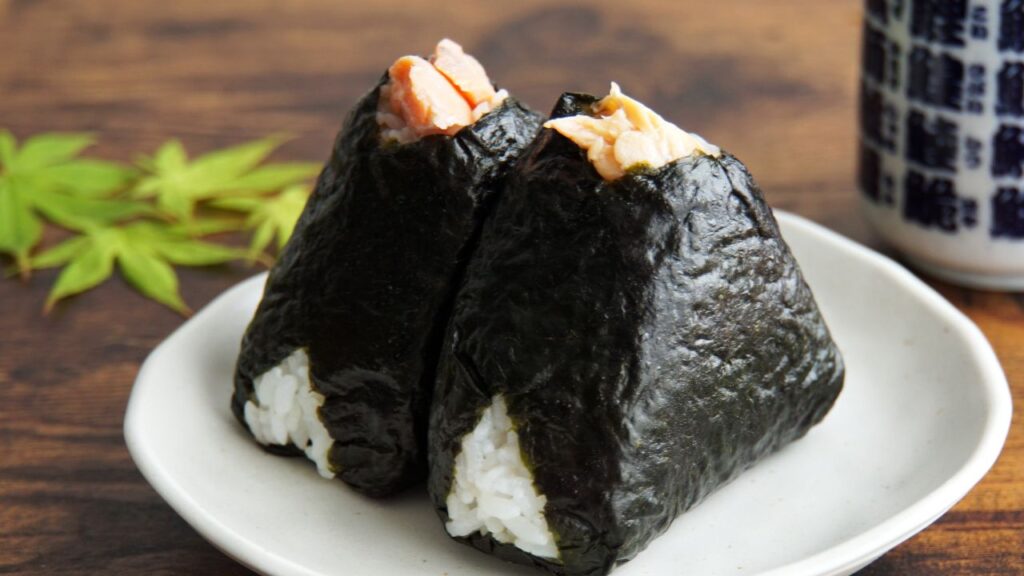
To improve salmon return rates, emphasis is being placed on raising and releasing robust fry (juvenile fish).
It has been observed that fry hatched from eggs of the late group, typically in November and December, have a higher return rate compared to those from the early group, which migrate upstream until October.
In recent years, the Masugawa Salmon Producers’ Association, led by Shuichiro Ogata, has increased the proportion of late group fry released from 60% to 80% of the total.
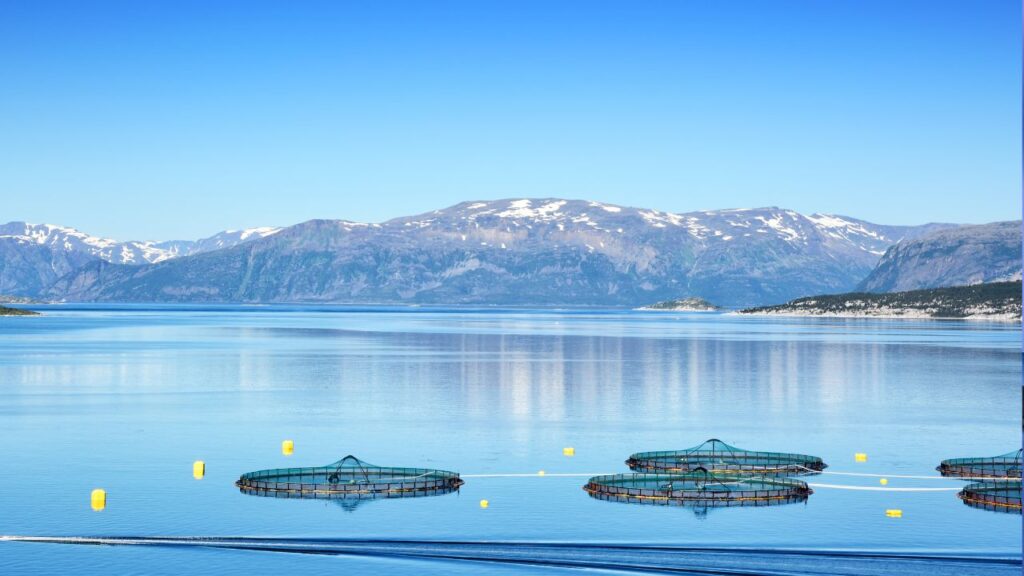
The release period is being adjusted due to the effects of global warming, as cold-water salmon need to be released into rivers when the water temperature reaches around 10 degrees Celsius. Due to changes in river temperatures, the optimal temperature window now begins in late February and continues through to late March.
Premature release can lead to fry being released before they are fully developed, impacting their chances of survival.
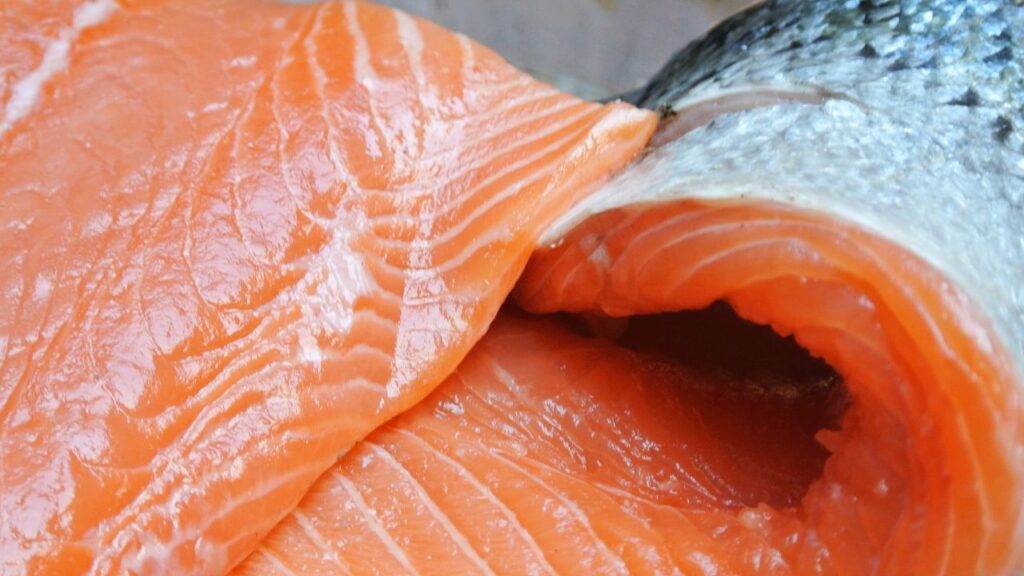
When questioned as to how the association intends to combat the reduced numbers, Ogata stated: “All we can do is use all possible means to raise healthy fry and hope that they will return in large numbers.”
With measures now in place to combat the effects of the changing climate on salmon numbers, it is hoped that the changes are being made with enough time to reverse or at least stabilise, the ongoing decline and avoid the complete disappearance of salmon from one of Japan’s largest prefectures.
Source: Yamagata Shimbun

This post may contain affiliate links, and Essential Japan may earn a commission if you purchase through them.



